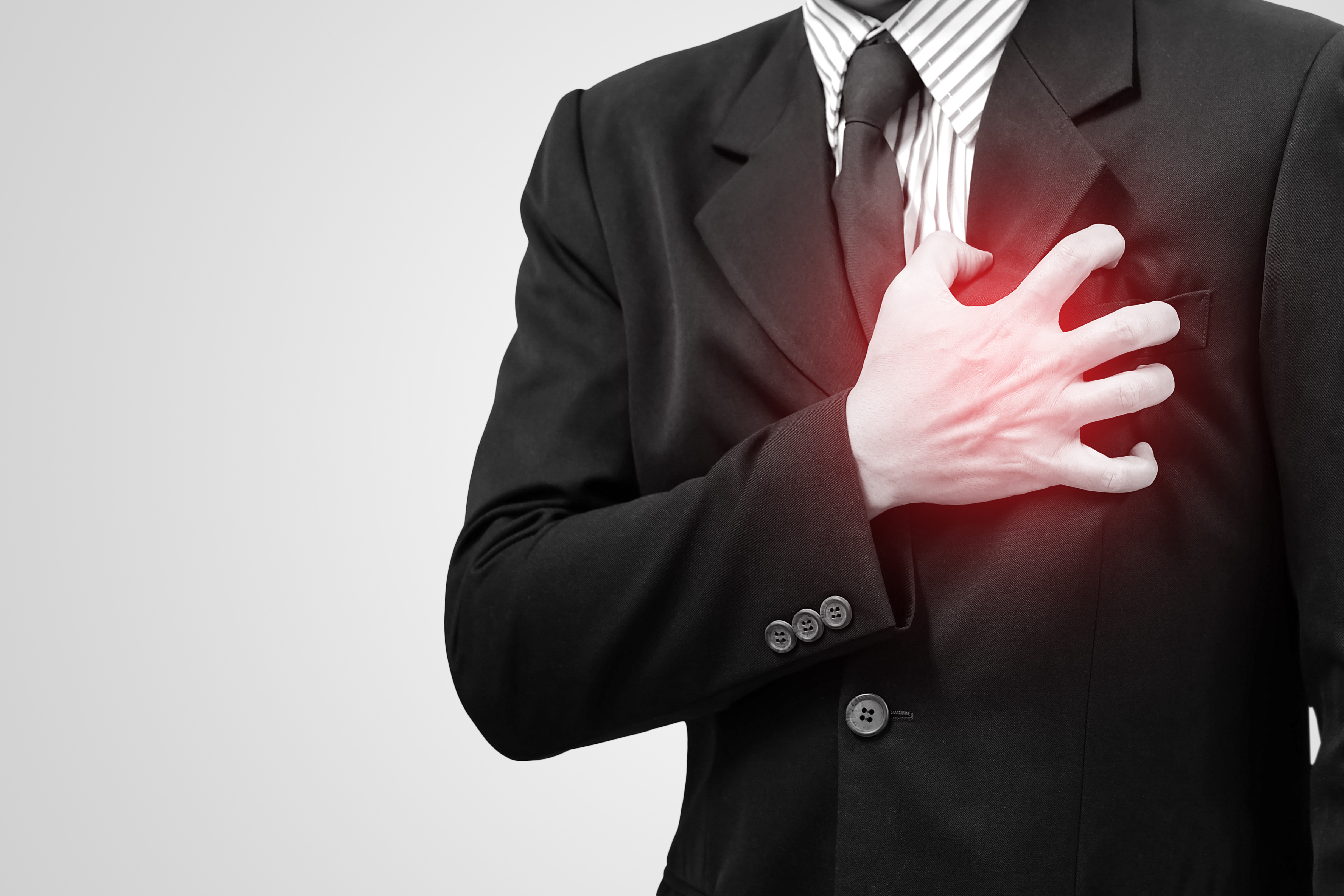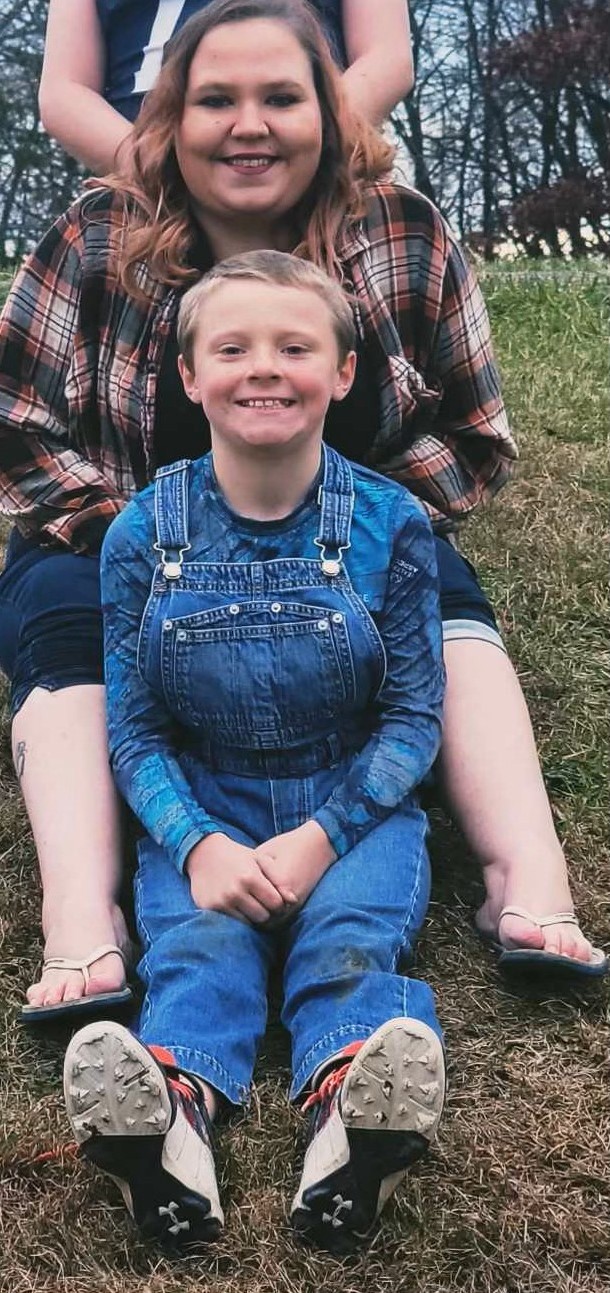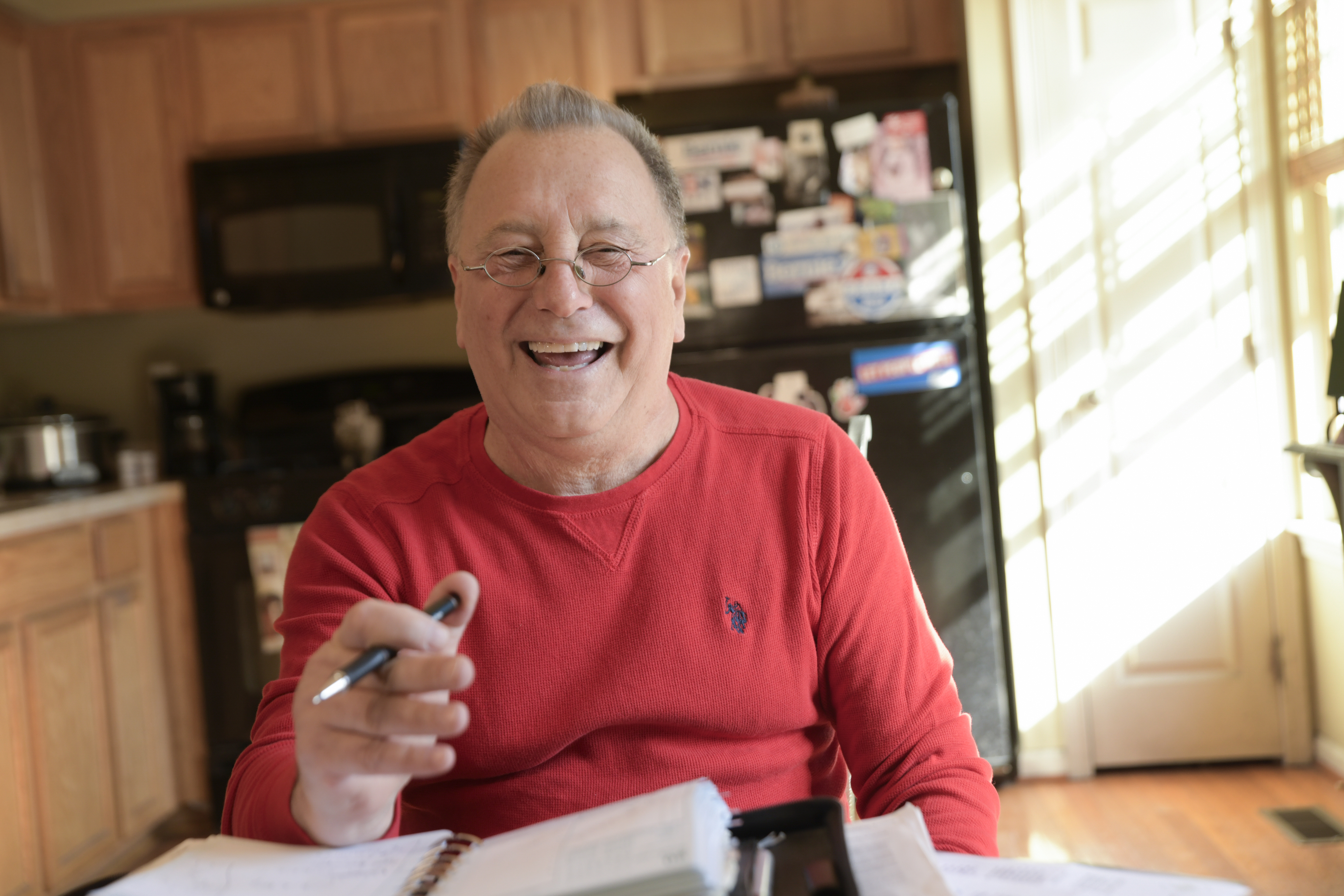Blog

You think having chest pain is pretty clear-cut, right? In your mind’s picture, someone is keeling over, writhing on the floor, gasping for breath. You would definitely pick up the phone and dial 911 in that instance.
The problem is, chest pain isn’t all that simple. Sometimes it’s a dull ache that you almost get used to. Sometimes it’s a stabbing or burning pain that you put down to the meatball sub you had for lunch. And sometimes your chest just feels sort of tight, as if you can’t get a deep breath. All of these conditions can be puzzling. You don’t want to be an alarmist and go to the emergency room over nothing. Many people brush off this kind of pain because it feels like a nuisance, or they hesitate to bother anyone, or they have things that need to get done.
.ashx)
According to a Cardiologist at the Heart and Vascular Center of St. Luke’s University Hospital Network, someone in the United States has a heart attack every 44 seconds.
The time to call for help and go to the hospital is when your chest pain continues to worsen, or is accompanied by:
- Pain that spreads to your arm, shoulder, neck, or jaw
- Pressure on your left side
- Shortness of breath
- Nausea or vomiting
- Sweating
A St. Luke’s Cardiologist says, “Even if you just have chest pain, if you have your own or a family history of heart problems, or are taking medication for a heart condition, it’s time to call. This may be a progression or manifestation of a heart condition, or your medicine may have stopped working. Get to a hospital: 85 percent of heart damage occurs within two hours of when the pain started.” They continue, “If you’re experiencing any of these symptoms, call 911 immediately.”
A Cardiologist at the Heart and Vascular Center adds, “Be aware that a heart attack may feel and look different in a woman. Though the chief symptom remains chest pain — described often as a squeezing or fullness in the center of your chest — women are more likely to feel these kinds of “secondary” symptoms, like shortness of breath or back or jaw pain, without chest pain. Women also are more likely to experience pain in either arm — not just the left — or feel nauseous and have vomiting. Dizziness or lightheadedness can also be a symptom.”
Statistics from the American Heart Association show that heart disease is the number one cause of death for men and women in this country. And it kills more women than all forms of cancer combined — even though only one in five women believe that heart disease is her greatest health risk.
“Women discount pain they are feeling, and put it down to other causes,” says a St. Luke’s Cardiologist. “It’s very important that people are aware of how deadly this disease can be for both men and women.”
Learn the symptoms, and know when to act.
CALL 911 IMMEDIATELY IF YOU OR SOMEONE YOU KNOW IS EXPERIENCING THESE SYMPTOMS.





